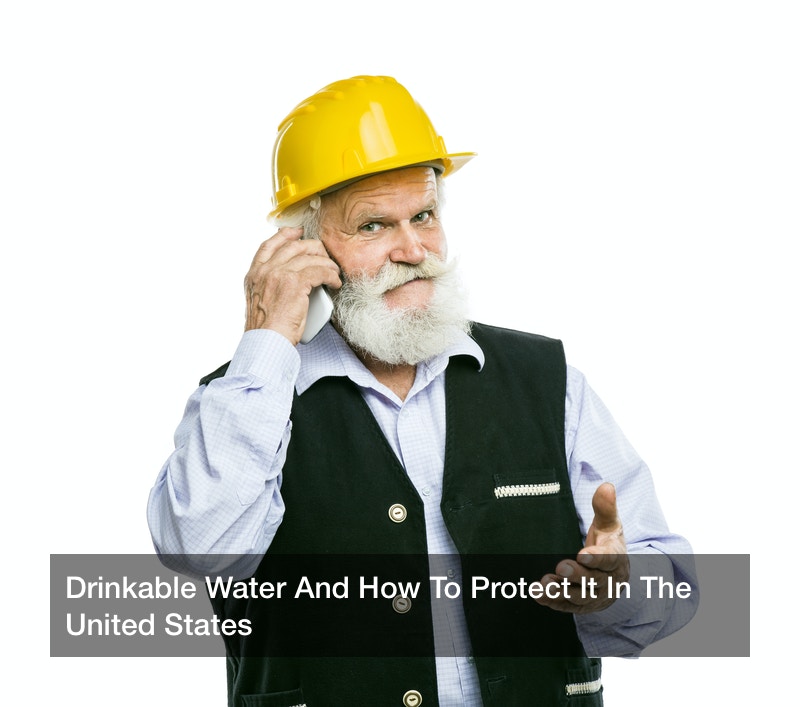
We need water. It is, after all, essential for sustaining all kinds of life, from human to animal to even plant. In many other ways, water has also proven to be quite essential indeed, from watering our gardens to washing our clothes to preparing our food and cleansing our bodies. Without water, we would simply not be able to survive for more than just a few days.
However, drinkable water is more scarce than many of us realize. Though ours is a planet that is made up predominantly of water, most of this water is not fit for human consumption. In fact, less than 5% of it – only around 3%, to be just a little bit more exact – is fresh water. And only about a scant 1% of all of the water on the face of this planet is considered to be drinkable. That leaves us with relatively very little water to use – and already, water shortages and a lack of clean water have become a crisis in many places all throughout the world.
Even here in the United States, access to clean water and the ability to get clean water has become a point of question in many parts of the country. After all, up to 95% of our drinking water sources in the United States come from groundwater sources, meaning that it is ground water alone providing drinking water for up to half of the total population of this country, if not even more than that. Unfortunately, groundwater contamination has become a growing problem in recent years, something that any environmental contractor will be able to attest to. From groundwater depletion to groundwater contamination, many of our sources of water could now be considered to be in peril.
There are a number of reasons that groundwater becomes contaminated here in the United States, a number of ways that chemical contaminants find their way in. For instance, various chemical contaminants can simply enter groundwater sources due to highway runoff. On any given highway, any number of contaminants will naturally exist, from harmful emissions that have been put out by cars and other such motor vehicles and beyond. Chemical spills also put many chemical contaminants into groundwater systems as well.
And chemical spills producing these chemical contaminants are far more commonplace than many people actually realize. In fact, there are as many as 16,000 of them over the course of a single year alone – and that’s just in the United States. Chemical spills and the chemical contaminants that they produce can certainly play a hugely detrimental role in the contamination of any sources of drinkable water – particularly groundwater – that might be nearby to the location of the spill.
But chemicals spills are certainly not the only way that chemical contaminants are introduced to our groundwater sources here in the United States – in fact, this is incredibly far from the case, as anyone working in environmental remediation services can all too easily attest to. The presence of hazardous waste sites throughout the country have also played a role, with up to 80% of the most serious ones already have had a considerable impact on groundwater sources nearby, introducing chemical contaminants to the water – more and more with each and every passing year.
Industry has also played a role in the introduction of chemical contaminants into so many (far too many) of our sources of drinkable water, even in a place like our very own country of the United States. In fact, industrial plants have been known to dump as much as 70% of their toxic waste into groundwater sources, where these chemical contaminants have already made the water less safe for not only human consumption, but human use overall. Dirty water is far too prevalent throughout the country as a whole, and the push to increase industry has only continued to contribute to this – and is only likely to continue to contribute to this growing problem in the years that are to come as well.
Our water sources are in trouble, with groundwater pollution and chemical contaminants becoming more and more commonplace.
